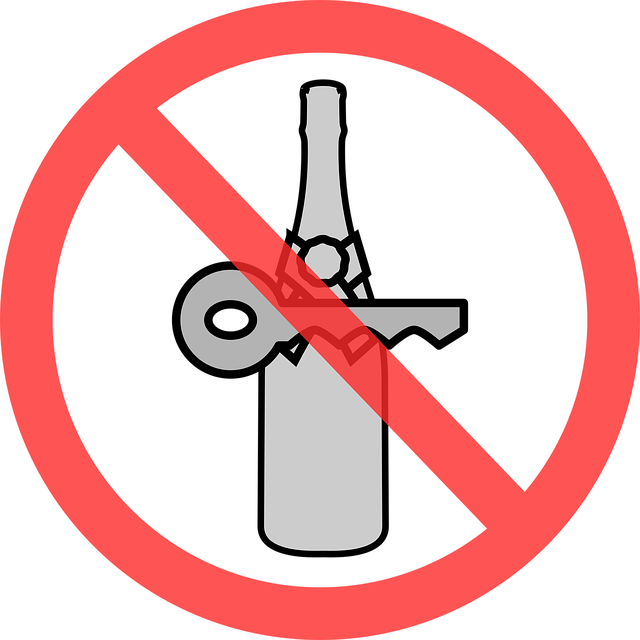Youth DUI Prevention Programs are vital in combating drug-impaired driving among young people, who are at higher risk due to peer pressure and curiosity. These programs utilize interactive workshops, scenario simulations, and peer discussions to educate teens about the dangers of impaired driving. By combining education, awareness, and strict enforcement with zero-tolerance policies, these initiatives aim to deter risky behaviors, promote responsible decision-making, and ultimately save lives. Accessible through schools, community centers, and youth organizations, modern communication tools like social media campaigns and mobile apps enhance their reach.
Drug-Impaired Driving (DID) among youth is a pressing concern, with severe consequences that can shape their future. This article delves into the impact of DID on young lives and explores the critical role of zero tolerance policies in prevention. We examine why strict measures are essential to deterring this dangerous behavior, focusing on effective Youth DUI Prevention Programs and strategies that have proven successful in reducing incidents. By implementing these programs, communities can foster safer environments for youth and minimize the long-term effects of substance-impaired driving.
- Understanding Drug-Impaired Driving and Its Impact on Youth
- The Need for Zero Tolerance Policies in Youth DUI Prevention
- Effective Youth DUI Prevention Programs: Strategies and Implementation
Understanding Drug-Impaired Driving and Its Impact on Youth

Drug-impaired driving is a growing concern, especially among youth, where the consequences can be devastating. It refers to operating a vehicle under the influence of drugs or medications, which significantly impairs judgment, coordination, and reaction time—putting not only the driver but also passengers, pedestrians, and other motorists at severe risk. The impact on young drivers is particularly concerning due to their higher tendency to engage in such risky behaviors.
Youth DUI Prevention Programs play a pivotal role in addressing this issue by educating young people about the dangers of drug-impaired driving. These programs often involve interactive workshops, real-life scenario simulations, and peer discussions to create awareness and promote responsible behavior. By targeting this demographic, these initiatives aim to reduce the prevalence of Youth DUI instances, ultimately saving lives and fostering a safer environment on the roads.
The Need for Zero Tolerance Policies in Youth DUI Prevention

The need for zero-tolerance policies in youth DUI (drunk driving) prevention cannot be overstated, given the severe consequences that impaired driving can have on young lives. Teenagers and young adults are at a higher risk of engaging in risky behaviors due to peer pressure, curiosity, and a lack of experience, making them particularly vulnerable to drug-impaired driving. Implementing strict policies sends a clear message: driving under the influence of drugs or alcohol is never acceptable, regardless of age. This approach is crucial for deterring potential offenders and fostering a culture of responsible decision-making.
Youth DUI Prevention Programs that incorporate zero-tolerance policies often focus on education, awareness, and enforcement. By teaching young people about the legal consequences, physical dangers, and long-term impacts of drug-impairment behind the wheel, these programs aim to promote safer choices. Moreover, strict penalties for violators, such as immediate license suspension or harsher sentences, can serve as powerful deterrents, encouraging young individuals to make better choices when faced with peer pressure or the allure of substance use.
Effective Youth DUI Prevention Programs: Strategies and Implementation

Effective Youth DUI Prevention programs are crucial in addressing the pressing issue of drug-impaired driving among teenagers. These initiatives aim to educate and empower young individuals to make responsible decisions regarding substance use and vehicle operation. One successful strategy involves interactive workshops and seminars conducted by peer leaders or experienced professionals who can relate to their peers. These sessions should cover the risks associated with mixing drugs and alcohol, focusing on real-life stories and case studies to drive home the message.
Implementing such programs in schools, community centers, or youth organizations can make them easily accessible. Additionally, utilizing modern communication channels like social media campaigns, text-based alerts, and mobile apps can help spread awareness. Encouraging open dialogue about the consequences of Youth DUI and promoting positive peer pressure are key components that have proven effective in deterring high-risk behaviors.
In light of the devastating impact of drug-impaired driving on youth, implementing strict zero-tolerance policies is essential. By combining education, awareness, and robust Youth DUI Prevention Programs, we can create a safer environment. These strategies aim to deter underage individuals from getting behind the wheel while under the influence, focusing on prevention rather than punishment. It’s crucial to remember that each life saved is a testament to the effectiveness of these measures in safeguarding our communities.






